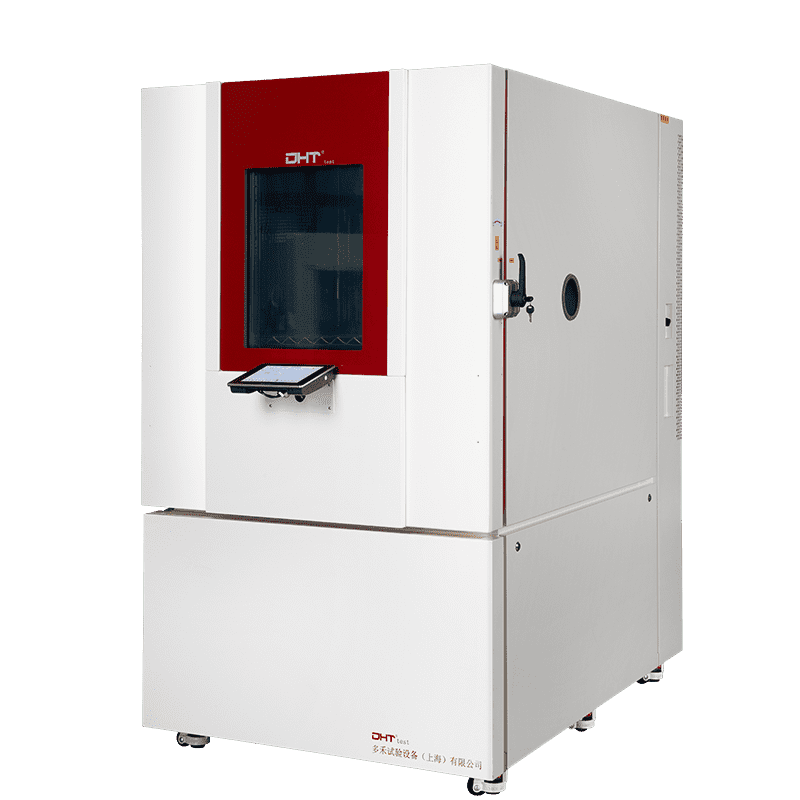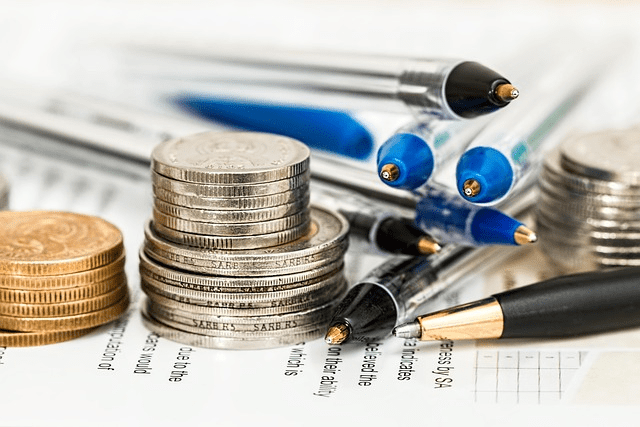Geschrieben von Robin
Leitender Ingenieur, Doaho Test (DHT®)
In the field of environmental testing equipment, the thermal shock test chamber is a high-end yet indispensable instrument. By subjecting test samples to alternating extreme temperatures within a very short period of time, it evaluates product thermal stability, reliability, and potential structural weaknesses. With the growing demand for reliability testing in industries such as electronics, automotive, aerospace, and semiconductors, thermal shock test chambers are being applied more widely across the globe.
When you, as a technical director, procurement engineer, or quality manager, need to add a thermal shock chamber to your laboratory or production line, you may find yourself questioning the wide price range—from several hundred thousand RMB to over a million. Why is there such a significant price gap? And where does the value truly lie? This article provides a professional breakdown of the factors behind the cost.
Temperature Range and Transition Speed
The core performance of a thermal shock chamber lies in its temperature range and transition speed.
-
Temperaturbereich: A typical thermal shock test chamber can achieve -40°C to +150°C cycles, while high-end models may extend to -70°C or lower on the cold end and up to +200°C on the hot end. The wider the range, the more complex the refrigeration and heating systems required, which naturally increases manufacturing costs.
-
Transition Speed: The essence of thermal shock is speed. For example, shifting from -55°C to +125°C rapidly, or completing hot-to-cold transitions within minutes. Chambers capable of faster, stable transitions require more powerful refrigeration units, highly precise control systems, and advanced airflow designs. These high-performance configurations inevitably drive up the overall price.
Chamber Construction and Insulation Design
The price of a thermal shock chamber is also influenced by its structural design and insulation engineering.
-
Insulation Materials: High-performance chambers often use multi-layer composite insulation that prevents heat leakage at high temperatures and minimizes cold loss at low temperatures. Superior insulation reduces energy consumption but comes at a higher cost.
-
Sealing and Durability: Because chambers undergo frequent cycles of extreme hot and cold, door latches, gaskets, and insulation layers must be highly resistant to fatigue. Otherwise, problems such as air leakage or frosting may occur. Using higher-grade stainless steel and industrial sealing systems adds to manufacturing and processing costs.
Compressors and Refrigerants
The refrigeration system is the “heart” of a thermal shock chamber, representing one of its largest cost components and reflecting the technical strength of the brand.
-
Kompressor Brand and Type: Well-known international brands such as Bitzer (Germany) and Tecumseh (France) are recognized for outstanding reliability, efficiency, and low noise—but at a premium price. The choice between scroll or piston technology also affects cost, performance, and maintenance complexity.
-
Kältemittel Compliance: With increasingly strict environmental regulations (such as the EU F-Gas Regulation), traditional refrigerants like R404a and R507 are being phased out. More eco-friendly options such as R448a, though more expensive, have become the standard for high-end chambers. This affects not only equipment cost but also a company’s long-term compliance obligations.
Control Systems and Software
The level of automation and software capability directly determines ease of use, functional richness, and data reliability.
-
Steuergerät: Is it a general-purpose PLC or a specialized color touchscreen controller? Factors such as screen size, processing speed, and interface design all matter. High-end controllers offer more intuitive program editing, real-time curve displays, multi-program linking, remote monitoring, and robust data logging/export functions.
-
Software Algorithms: Advanced control software with self-tuning PID algorithms ensures high temperature accuracy with minimal fluctuation and overshoot. Additional features such as user access management, alarm history, and USB data export also add to software development costs and overall system value.
Brand and After-Sales Service
In laboratory equipment procurement, brand reputation and after-sales support are equally critical pricing factors. International brands usually have stronger technological expertise, proven reliability, and global certifications, but come at a higher cost.
Other key considerations include:
-
Can fast maintenance response be provided?
-
Is there a localized service team available?
-
Are spare parts guaranteed?
In short, when purchasing a thermal shock chamber, you are not only buying the equipment itself but also an entire service ecosystem.
How to Balance Price and Demand?
For buyers, choosing a thermal shock chamber should never be based solely on price. It is essential to weigh your actual testing requirements, industry standards, available budget, and long-term operating and maintenance costs. Only by finding the right balance between performance and investment can you ensure the equipment truly fits your needs.
A thermal shock chamber is more than just a piece of test equipment—it is a cornerstone of quality management and product reliability verification. A truly valuable investment is not measured by how much money is saved upfront, but by whether the chamber continues to deliver consistent performance in future R&D and production, helping companies mitigate risks and enhance competitiveness. By understanding the value behind the price, decision-makers can make rational and forward-looking choices.


